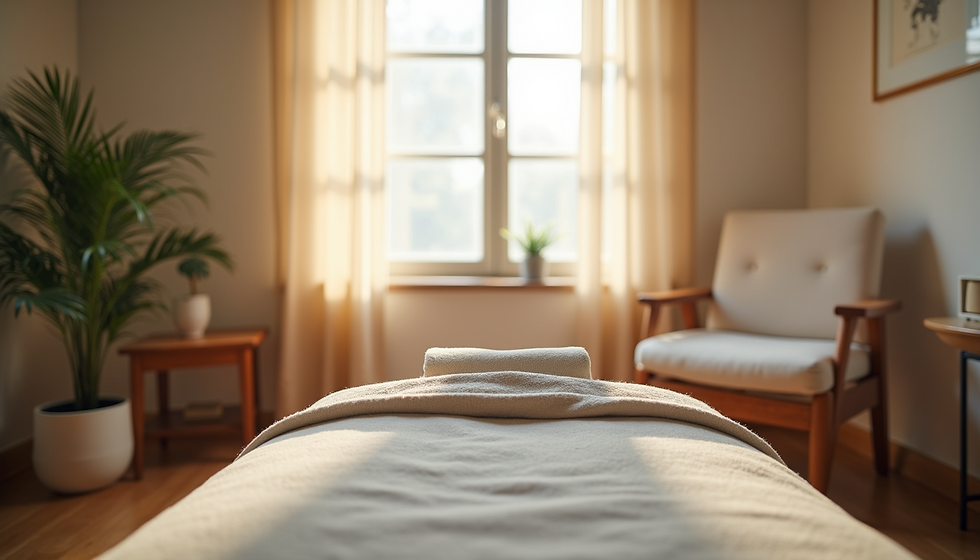Do You Have Seasonal Affective Disorder?
- Shuree Waggoner LMHC

- Nov 30, 2022
- 2 min read
Some people suffer from symptoms of depression during the winter months, with symptoms subsiding during the spring and summer months. This may be a sign of Seasonal Affective Disorder (SAD). SAD is a mood disorder associated with depression episodes and related to seasonal variations of light.
As sunlight has affected the seasonal activities of animals (i.e., reproductive cycles and hibernation), SAD may be an effect of this seasonal light variation in humans. As seasons change, there is a shift in our biological internal clocks or circadian rhythm, due partly to these changes in sunlight patterns. This can cause our biological clocks to be out of step with our daily schedules. The most difficult months for SAD sufferers are December, January and February, and younger persons and women are at higher risk.
Symptoms may include

· Regularly occurring symptoms of depression (excessive eating and sleeping, weight gain, etc.) during the fall or winter months.
· Full remission from depression occurs in the spring and summer months.
· Symptoms have occurred in the past two years, with no non-seasonal depression episodes.
· Seasonal episodes substantially outnumber non-seasonal depression episodes.
· A craving for sugary and/or starchy foods.
Possible causes of this disorder
Melatonin, a sleep-related hormone secreted by the pineal gland in the brain, has been linked to SAD. This hormone, which may cause symptoms of depression, is produced at increased levels in the dark. Therefore, when the days are shorter and darker the production of this hormone increases.
What can you do
Phototherapy or bright light therapy has been shown to suppress the brain’s secretion of melatonin. Although, there have been no research findings to definitely link this therapy with an antidepressant effect, many people respond to this treatment. The device most often used today is a bank of white fluorescent lights on a metal reflector and shield with a plastic screen . For mild symptoms, spending time outdoors during the day or arranging homes and workplaces to receive more sunlight may be helpful. One study found that an hour’s walk in winter sunlight was as effective as two and half hours under bright artificial light. If phototherapy doesn’t work, an antidepressant drug may prove effective in reducing or eliminating SAD symptoms, but there may be unwanted side effects to consider. Discuss your symptoms thoroughly with your family doctor and/or mental health professional. Sources: The Harvard Mental Health Letter-February 1993. Lake Chelan Behavioral Care Services.
National Mental Health Association. Mental Health Resource Center. SAD Lamp www.Amazon.com/health




